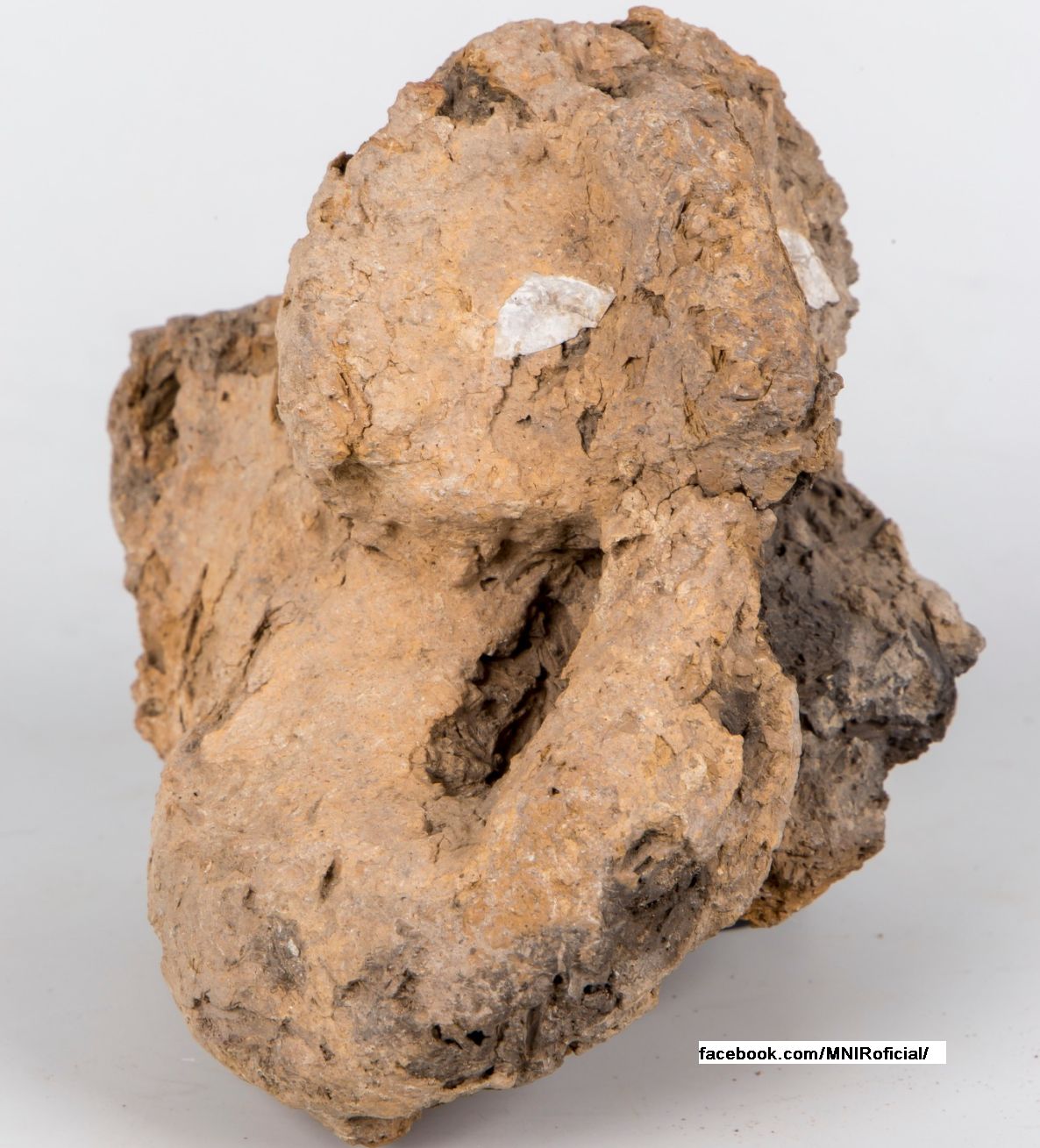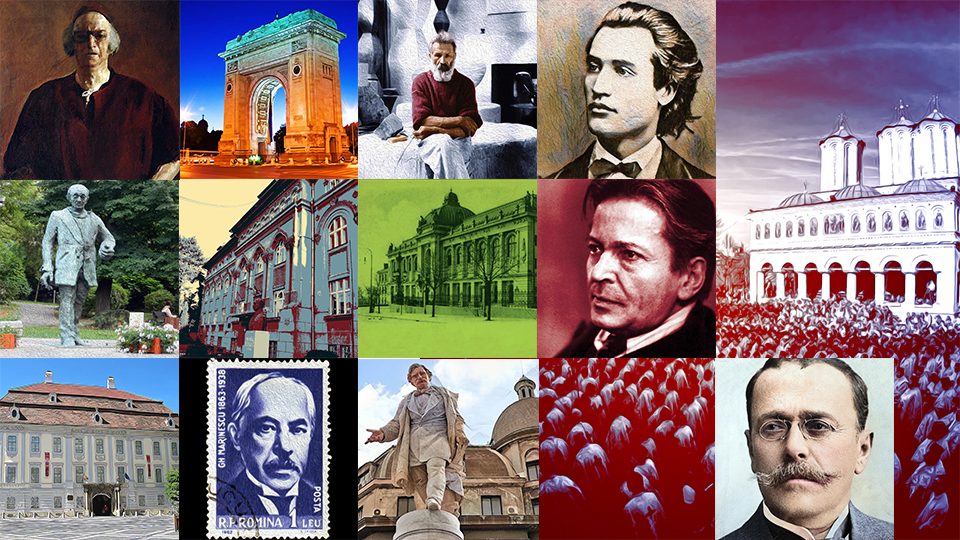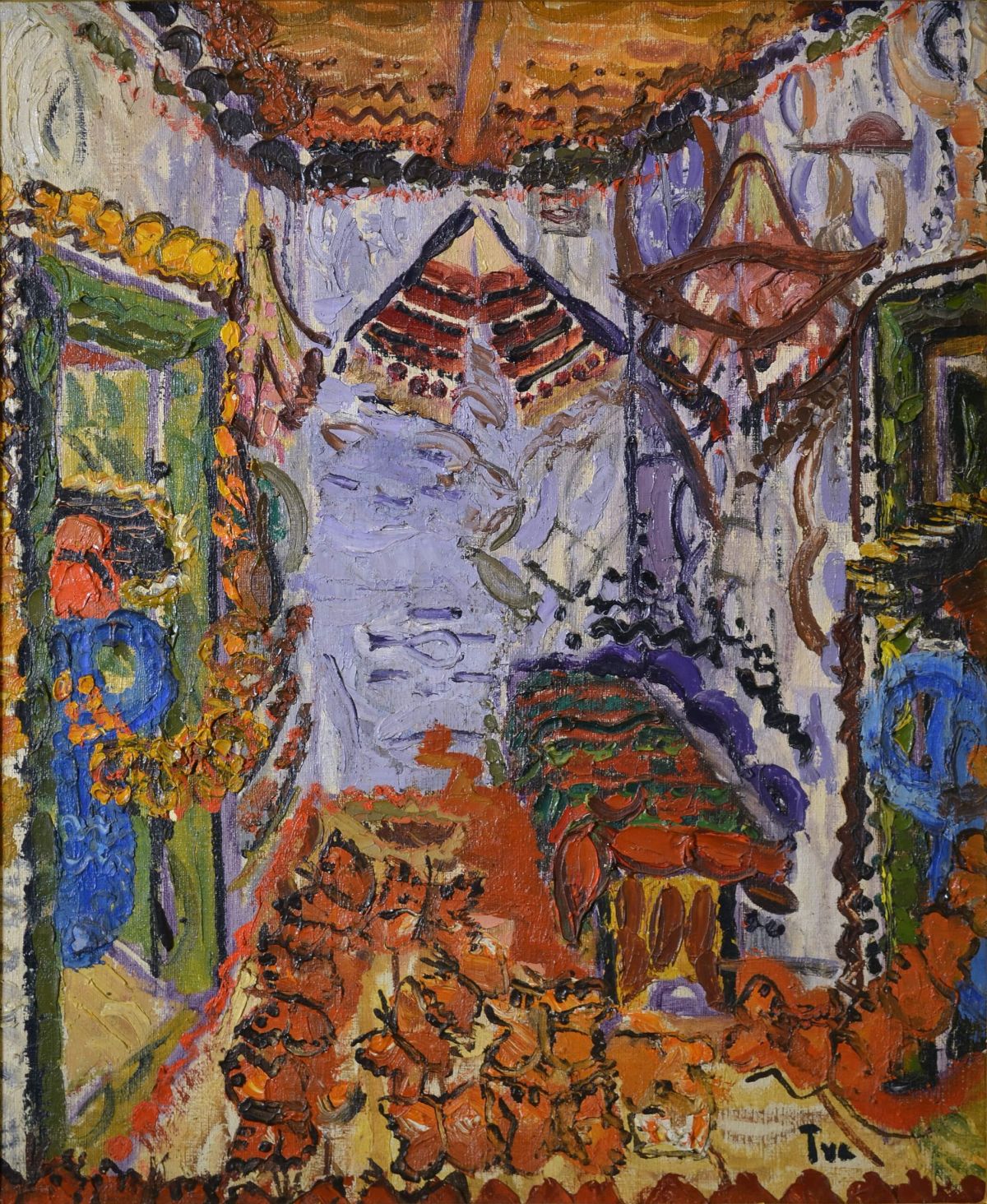The Central Bank of Romania, 140 years of history
Starting mid-19th century the Romanian authorities took all the steps towards the construction of the new sovereign state. One of these steps was the setting up of a central bank

Steliu Lambru, 23.05.2020, 13:00
The two
principalities inhabited by Romanians, Moldova and Wallachia united
in 1859. The young Romanian state gained its independence following a
war in 1877-1878, and added Dobrogea to its territory. The third move
was to set up a central bank, a crucial element in building a
sovereign country. The institution came to being back in 1880 and in
the following year Romania became a kingdom, which meant that the
fresh state got legal personality on the world’s map.
The central bank,
also known as the National Bank of Romania, appeared after the
promulgation of a law on setting up a bank for accounts and
circulation, published in the Official Gazette on April 17th
1880. It had an initial capital of 30 million lei, out of which a
third was state capital while the other two thirds were private
capital. Its most important mission was to issue banknotes accepted
in various transactions and deals.
The first banknotes
issued were of 20, 50, 100, 500 and 1000 lei and its first director
was economist Eugeniu Carada, who linked his name to the
institution’s early days, its expansion all over the country and
the first issues of banknotes and coins.
The bank’s premises were located in
downtown Bucharest, the old city center and works on these premises
commenced in 1884 under the guidance of two architects from France,
Albert Galleron and Charles Garnier.
Since its birth until the First World
War, Romania’s Central Bank offered credits and a lower discount
rate. Between 1890 and 1892 the bank shifted from the silver-gold
monetary standard to only gold.
The First World War threw the Romanian
society in turmoil as it happened with the entire continent. The bank
supported the war efforts just like the entire Romanian society but
the latest developments on the battlefield forced the bank’s
relocation to Iasi, in northern Romania, together with the other
state institutions. Romania’s treasure was transferred to Moscow
for safekeeping during the gloomy days of the war but was never
returned by the Russians. After the end of the Great War, the central
bank got the mission to integrate the economy of the Romanian state,
which had taken back its provinces until then occupied by the former
Russian Empire and Austria Hungary.
After the loss of
its treasure to Russia and the devastating WWI, Romania’s Central
Bank got a new mission, to stabilize the national currency and make
it convertible. The bank also fought to stabilize the currency and
credit system during the big economic crisis between 1929 and 1933.
Just like in the previous war, the
bank supported the country’s efforts in the Second World War.
During the war, the bank was forced to hide the country’s treasure
at the Tismana Monastery in western Romania, a lesson learnt from the
first world war.
Ioan Lesenciuc curator with the
Treasure Museum of the National Bank of Romania gave us a brief
history of the treasure odyssey in mid-1940s.
Ioan Lesenciuc:
Romania
managed to recover its gold resources between the two world wars but
1944 proved to be another bad year. After the battle of Stalingrad,
the German troops had to fall back and the Soviet advance was
threatening the treasure housed by the bank. In April 1944, the heavy
allied bombing of the oil fields in Ploiesti and Campina, southern
Romania, as well as the capital Bucharest proved to be another threat
for the bank. The authorities decided to move the treasure to safer
places and talks were held with representatives of two countries,
Turkey and Switzerland. Turkey announced that its laws didn’t allow
for the transfer whereas Switzerland voiced readiness to host the
treasure adding that the passing of the convoy through Central
Europe, under German control at that time, wouldn’t be a good idea.
General Antonescu who was ruling Romania at that time said, the
treasure must remain on the Romanian territory and not be divided. He
gave the bank the green-light to hide the treasure wherever it
considered safe.
After the end of the war, Romania
entered a new era, communism, and its political regime brought major
changes to the national economy, which was being controlled by the
state. The national bank became state-owned and the credit system was
reformed after the Soviet model. Until 1970, the taxes and interests
were controlled by the state but after 1970 the bank was allowed to
make its own decisions. Construction works on the new premises of the
country’s central bank started in 1940 and the new building was
inaugurated ten years later.
After the fall of the communist regime
in 1989, Romania’s Central Bank resumed the prerogatives it was
stripped off between 1945 and 1989.
(translated by bill)





























